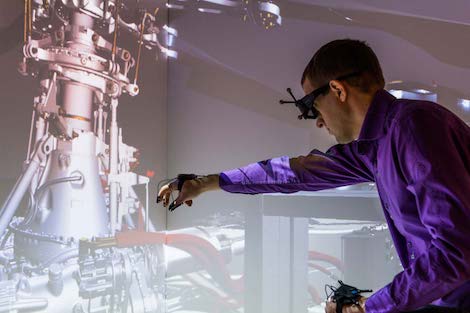
Looking to bring together the visual richness of VR with sound and feel, visualisation specialist, Optis has launched a new product, HIM 2017 Human Ergonomic Evaluation.
If you consider the rapidly advancing state of truly immersive VR capabilities we have now and how far that’s going to extend in the future, it’s interesting that most vendors are focusing on the visual aspects.
When we conduct a design review, there is much more than pure visual properties and feedback at play. There’s the sense of feel from holding and interacting with a product. There’s how it sounds as well. How many times have you found a product satisfying, not because of how it works, but also how it looks, sounds and feels?
It’s the combination of these three (we’ve not got to smell-o-vision for that new-car-smell yet) that enabled the true appreciation of a product.
With this in mind, French visualisation, collaboration and VR specialists, Optis has been working on a joint project with Airbus to bring together these three senses into a more cohesive and holistic VR environment for design review and collab: The HIM 2017 product (standing for Human Integrated Manufacturing).
The system has been built to allow full body motion caption and combines this with digital models with VR capabilities and haptic feedback from live collision detection (based NVIDIA PhysX engine).
What’s interesting it’s that they’ve also integrated the data from Optis’ own Optis Genesis (the result of an acquisition back in 2015) that provides a system for audio simulation in aerospace and car industry.
That combination, built into a performance ready environment using Nvidia’s VRWorks engine, means that you’ve got game level collision detection driving haptic feedback, high-end visualisation and audio simulation, all in one package.
The announcement makes a lot of the relation with Nvidia. After all, VR takes a hell of a lot of processing power just to display on today’s head mounted displays.
Throw in collision detection, large-scale assembly processing, and audio simulation, then you’re going to need something meaty to drive it efficiently.
Movie Time
Quick intro to HIM 2017
https://youtube.com/watch?v=PTeISUdAW1Q
This is also worth a watch. It’s an intro to Optis’ Genesis audio simulation tool.






